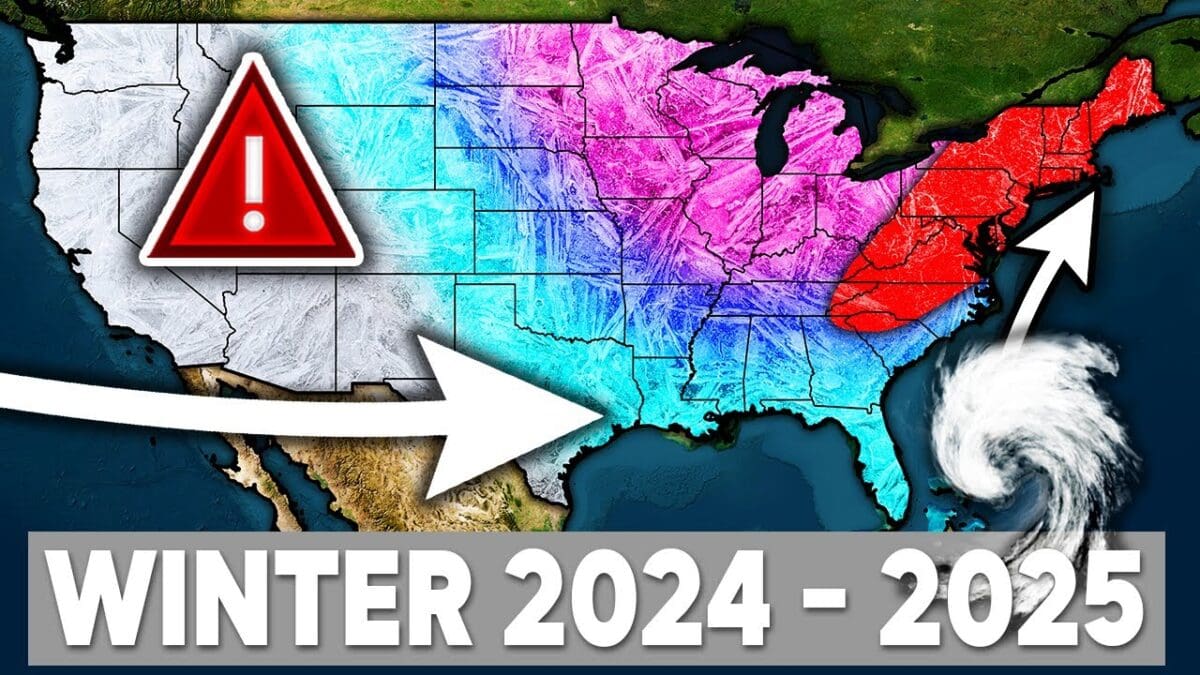As we delve into the forecast outlook prediction for the 2025 winter weather forecast, it’s crucial to understand the significance of historical analogs. By analyzing past winters, we can project potential weather patterns for the upcoming season. This comprehensive breakdown highlights the expected trends based on historical data, focusing on the likely impact of La Niña conditions.
The analogs used for this prediction stem from winters characterized by weaker La Niñas, typically with temperatures below one degree above average. These conditions are expected to emerge as we transition from an El Niño to a La Niña phase. Historically, such transitions have resulted in severe cold across the northern and central United States, with particular emphasis on the Northern Plains, Upper Midwest, Great Lakes, Ohio Valley, Mid-Atlantic, and Northeast regions.
Examining the combined forecast, December, January, February, and March show distinct weather patterns. December is predicted to experience substantial warmth in the Southwest, contrasting with severe cold in the northern regions. January intensifies this cold, spreading further across the North Central and Northeastern states. February, however, presents a deviation with a potential winter thaw in the East, marking a period of near-normal or above-normal temperatures. Nonetheless, March reverts to brutal cold, particularly in the Northern Plains and Upper Midwest.
The forecast is built upon the analysis of several historical winters: 1964-65, 1970-71, 1974-75, 1983-84, 1995-96, 2000-01, and 2010-11. Each of these years displayed unique yet informative weather patterns that contribute to the 2025 prediction. For instance, the 1970-71 winter was brutally cold in the northern regions, while the 1974-75 winter saw a rare warmer spell in the East. The 1983-84 winter brought intense cold to the Northwest and North Central states, whereas 1995-96 saw widespread cold across the Northern Plains and Great Lakes.
The 2000-01 winter extended severe cold into the Deep South, a notable deviation from the norm. Meanwhile, the 2010-11 winter was marked by significant cold in the Northern Plains and Northeast, coupled with a massive East Coast blizzard. Combining these analogs results in a forecast predicting a colder corridor stretching from the Northern Plains to the Northeast and Mid-Atlantic regions.
This detailed forecast outlook prediction for the 2025 winter weather forecast underscores the importance of historical weather patterns in predicting future conditions. By understanding these trends, we can better prepare for the upcoming winter season. Stay updated with daily forecasts to navigate the impending weather changes effectively.

